Native Plants in the Fall Garden
By Carol Becker
The native plants in my garden tell me when summer is beginning to turn toward autumn. Culver’s Root (Veronicastrum virginicum) is already blooming in the shady rain garden despite lack of rain. Royal Catchfly (Silene regia) grows tall and delicate in the butterfly garden, a stand-out because its blossom is the only true red among so many softer colors. Soon asters of many varieties will begin to bloom. Native grasses will not be far behind. When they and the goldenrods bloom, we know for sure that autumn is here.
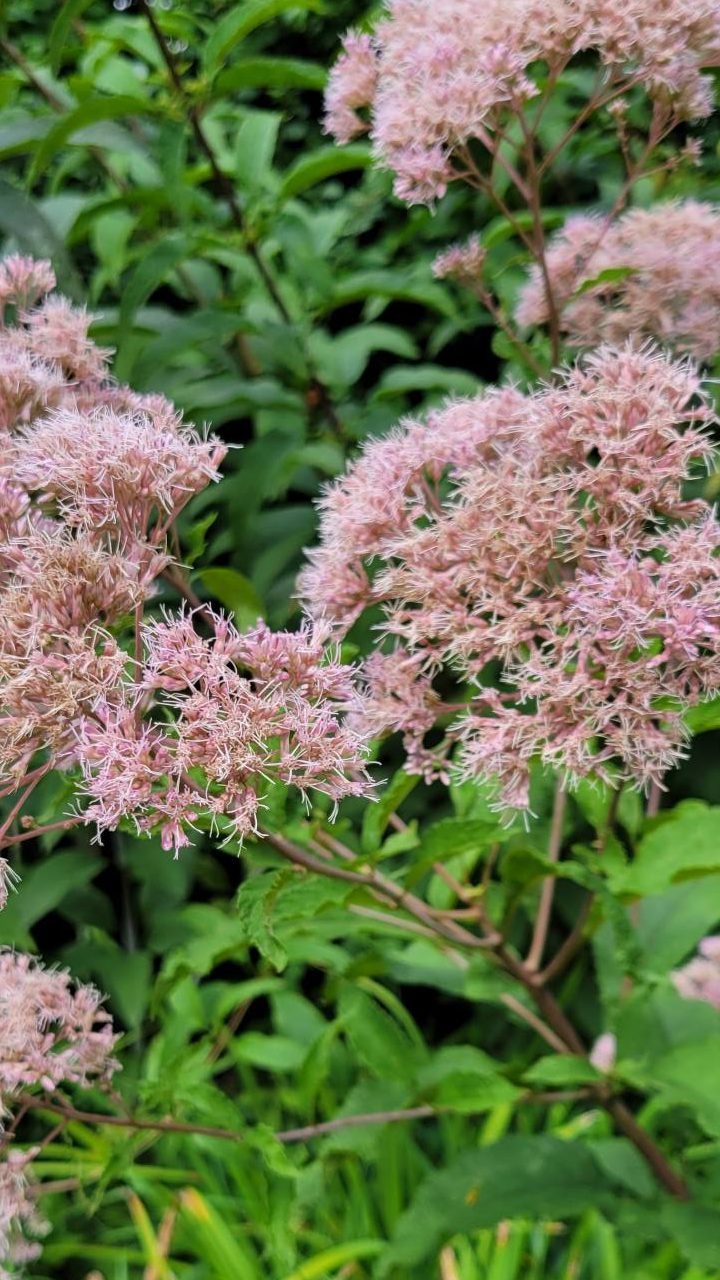
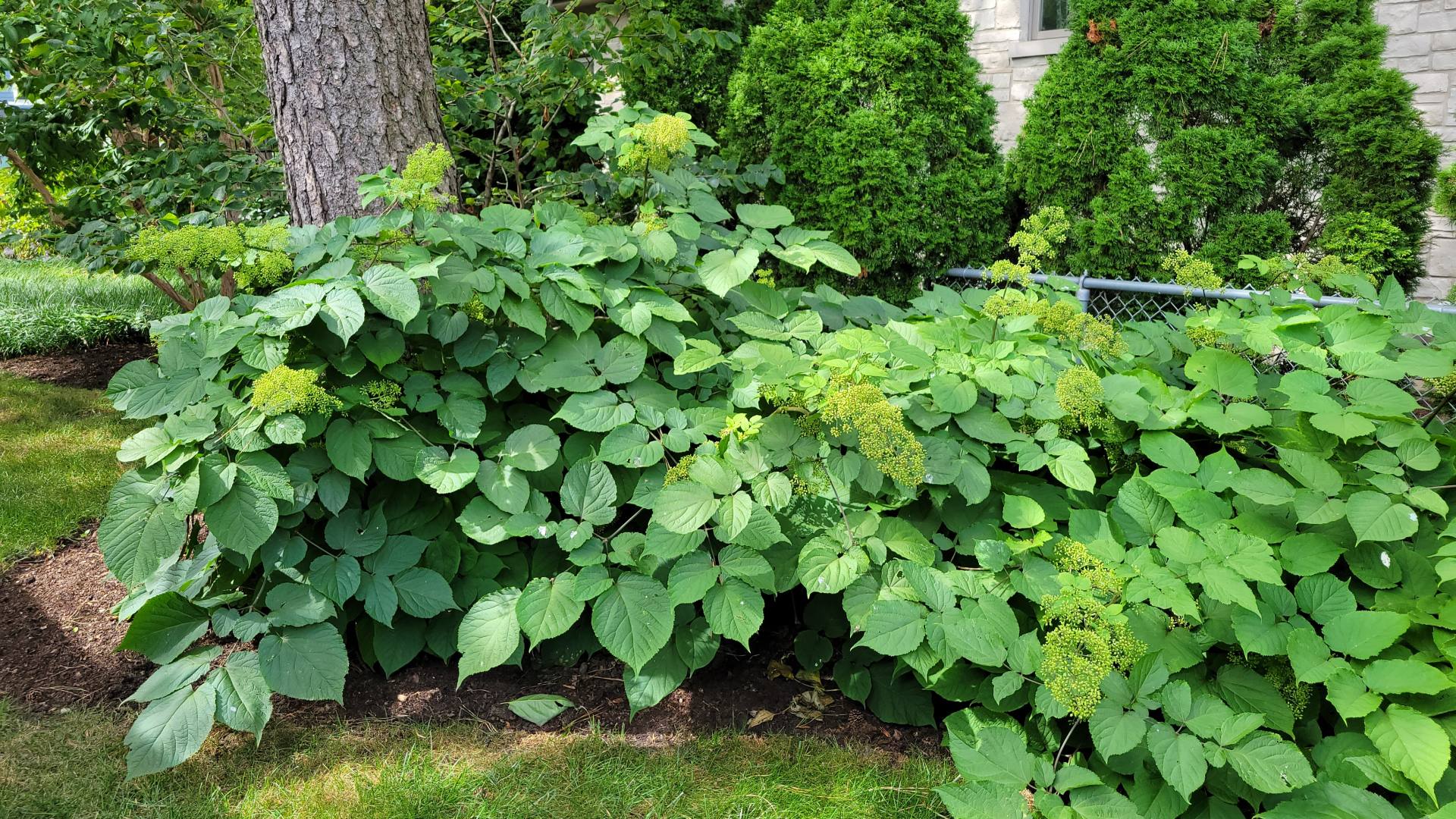
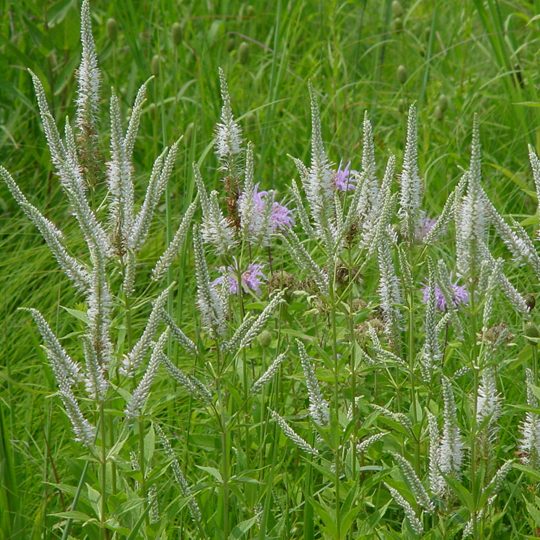
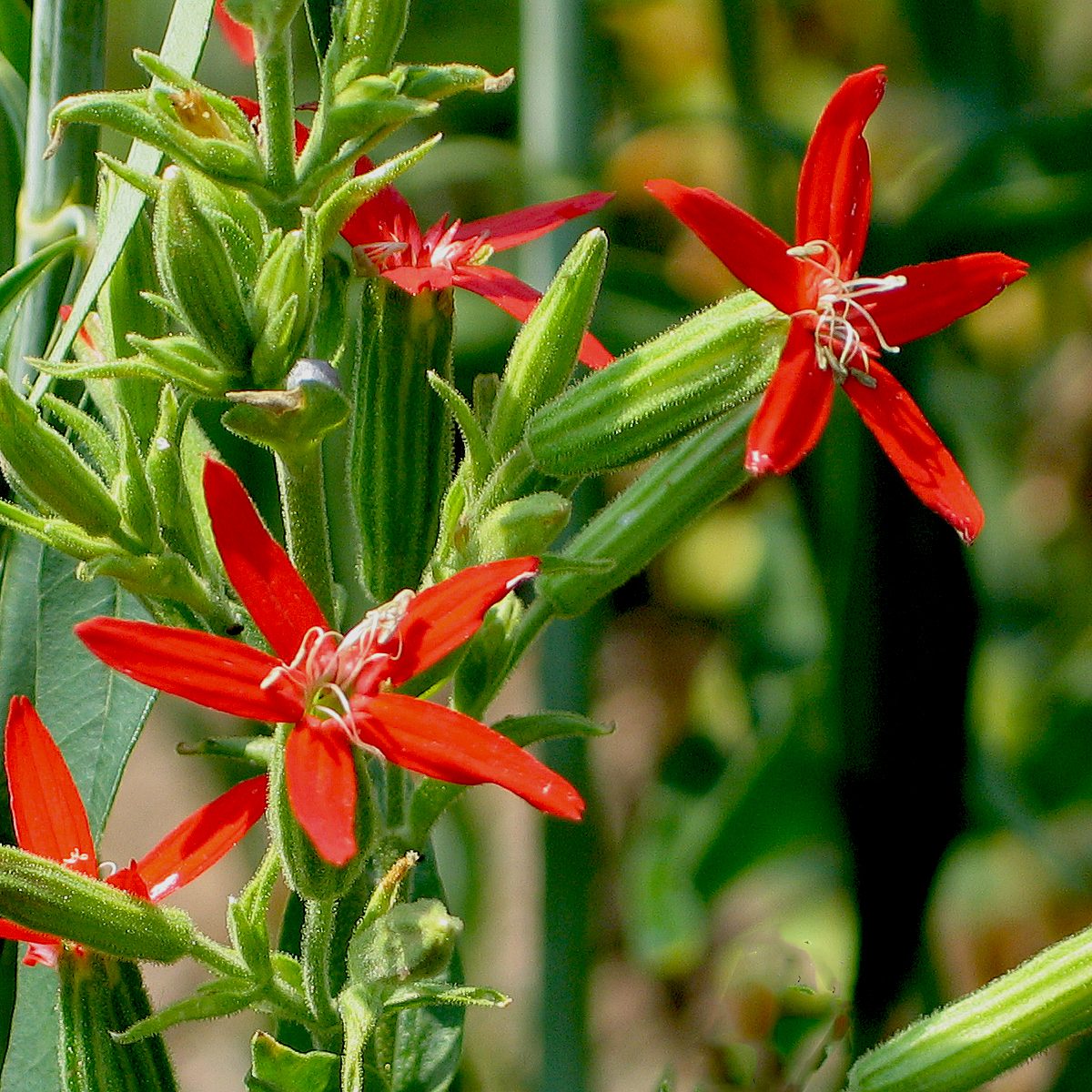
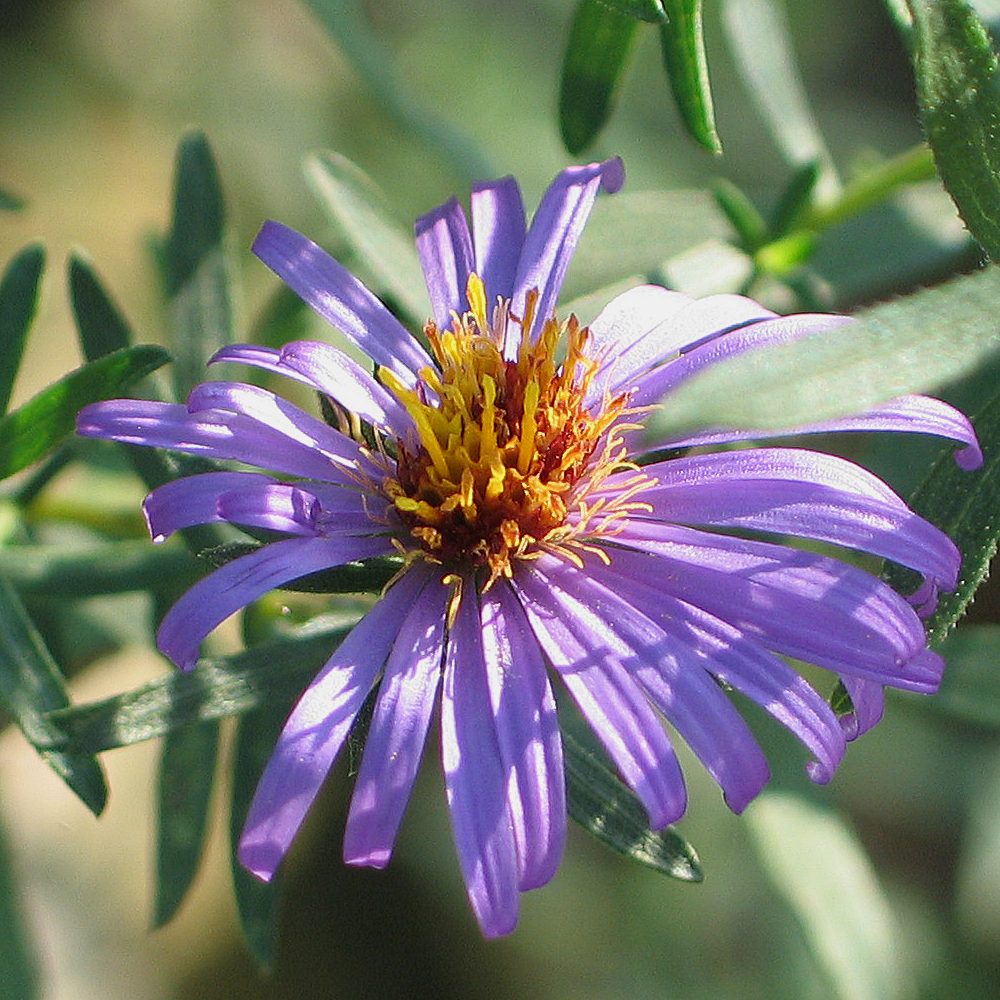
But instead of thinking about cleaning up and shutting down the garden for winter, I try to continue to think about wildlife: What can the fall season still give to the insects, bees, and birds, and how can I prepare my gardens for their overwintering?
My first delight is in a little-used native plant called Spikenard (Aralia racemosa). I discovered it many years ago in a small pop-up woodland nursery, and I am happy to see that it’s readily available now. I started using it in my designs to fill very shady woodland beds that needed something besides hosta. And of course, I also planted some in my own trial garden to learn more about it. I was pleased to find that this woodland plant is not only a great design solution for deep shade – but it’s also an all-around treat for wildlife in the fall. Its white panicle flowers are about a foot long. These turn into purple berries so lush that they weigh the branches down – until the birds come! Aralia needs plenty of space as it grows fast in partial sun or shade. The plants are large, and they spread about. I find that it does well in dry or wet conditions. In winter, the plant dies completely back, and I leave the debris in the garden for insects to use for shelter or egg laying. In spring, the cycle starts over as new plants emerge from the bare ground.
For flowering forbs, I go for height to give the garden structure. One of my favorites is Purple Joe Pye Weed (Eutrochium purpureum). I first saw it in damp fields in southern Wisconsin and was attracted to the height and the size of the flower clusters. While it likes damp open fields, I find that it also stands up to dry conditions once established. It is deer resistant, while at the same time it attracts pollinators and butterflies. For impact, its height of 6 to 8 feet can’t be beat. Its bloom time is in August, with long-lasting blossoms extending into September.
I also use Black-eyed Susan, Asters, and Goldenrod, but I feel that the secret of a unique fall garden is not to rely too heavily on these go-to fall favorites. Instead, I combine a very select few of these popular choices with other fall natives that are less well known. My favorite Aster is Sky Blue (Symphyotrichum oolentangiense). This one is not showy, but very light and delicate with an almost ethereal light blue color I like, as well as the way this whimsical plant self-seeds throughout the garden. I never know where I might see it next season. One year, I found that the birds had planted it in my small roof garden! If allowed to spread in areas where it can’t take over, it adds a lovely blue color to the whole fall garden. But it’s never thuggish, crowding out other plants. And given our weather patterns, it’s an advantage that it thrives in dry conditions.
A key of my thinking about all these plants is to ask: “How can my native plants support insects as the season ends?” The answer comes in knowing how they use what I might consider garden waste. For insects, hollow stems of dead plants are a great place to lay eggs, and that’s another reason I like tall plants in fall. While I want my winter garden to be neat, I also know that much of the debris rounded up by leaf blowers and raking should be left for birds who inevitably seek nest material very early in spring, before I even think of spring cleanup. So I try to leave what I grow as much as possible for the benefit of wildlife.
One more thing that we often don’t think about in autumn is adding plants to our native gardens. Planting in autumn leads to better establishment of the roots of new or divided plants, better flowering in the first season and better weed suppression. Fall installation of new or divided plants also takes advantage of the fact that the soil remains warmer than the air temperature for quite some time after the heat of summer is past. When new plants are added to the garden a month before the first hard frost, there is plenty of time for them to get established before winter sets in underground.
Now is the time to think of your fall garden plans, keeping the birds and bees and insects in mind!

